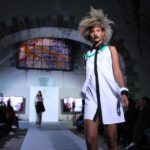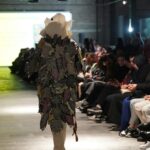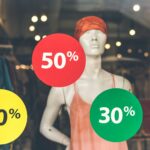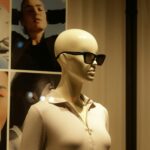How Diversity Drives Impact in Fashion Advertising: Strategies, Outcomes, and Next Steps
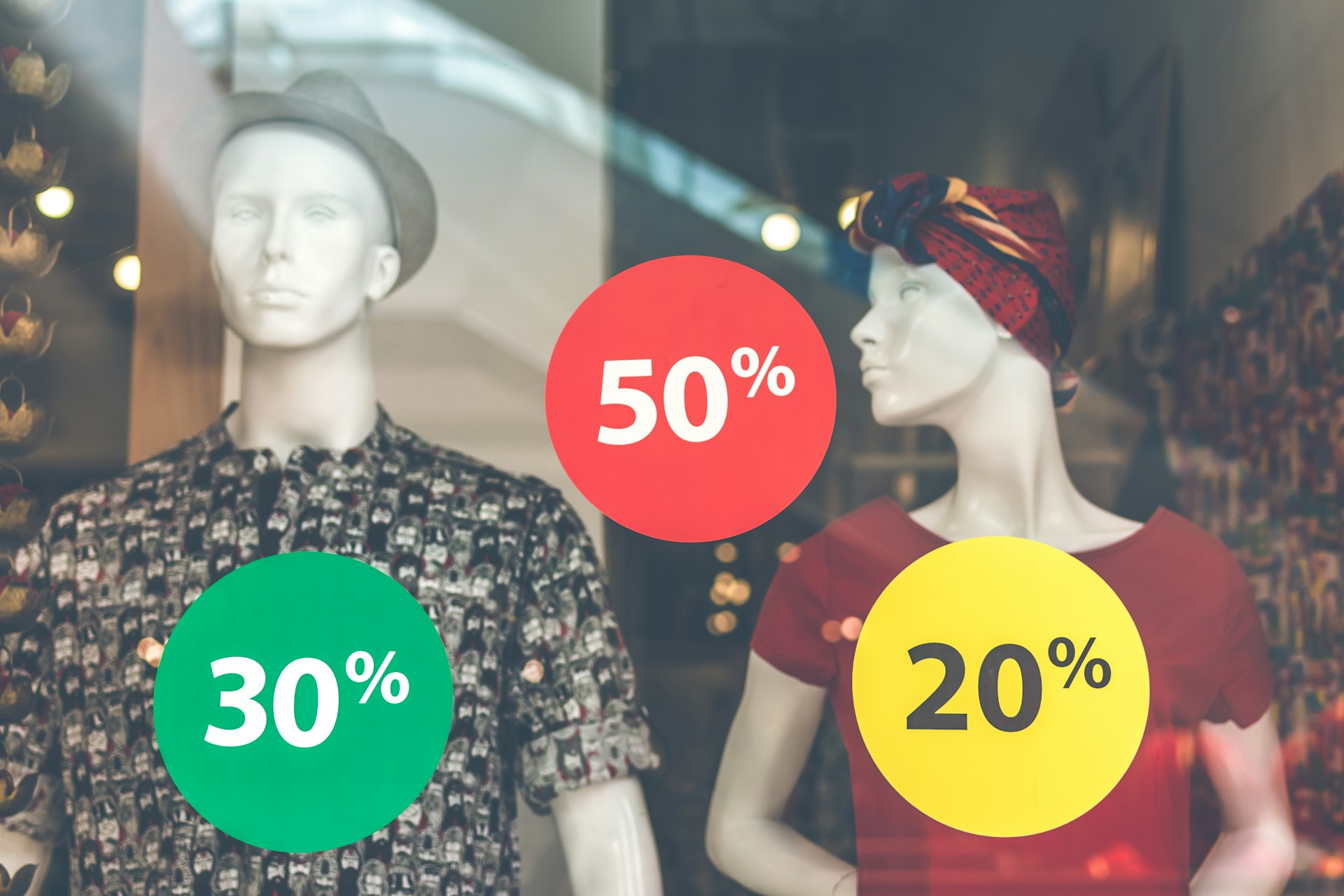

Photo by Artem Beliaikin on Unsplash
Introduction: The New Era of Fashion Advertising
Diversity in fashion advertising has become a defining factor in the industry’s evolution. As consumers become more socially conscious and brands compete for global relevance, the demand for representation across ethnicity, body type, age, gender, and ability has never been higher. This article explores the pivotal role of diversity in fashion advertising, the direct impact on consumer behavior, and actionable strategies for businesses aiming to thrive in a values-driven marketplace.
The Business Case for Diversity in Fashion Advertising
Modern consumers expect brands to reflect the world’s diversity-not just as a marketing trend, but as a sign of respect and recognition. According to a 2022 report, 41% of Gen Z actively seek out brands that represent diverse identities . This demographic is shaping the future of retail through their purchasing power and social influence [1] . Yet, despite multicultural consumers making up approximately 40% of the population, spending on diverse advertising remains only 5.2% of total marketing budgets [2] . This disparity signals a missed financial opportunity and an urgent call for brands to close the gap.
Brands that implement authentic diversity see measurable results. For example, studies show a 64% increase in immediate purchases when consumers encounter inclusive advertisements. Furthermore, 34% of consumers are more likely to repurchase from brands with diverse advertising compared to those without [2] . These numbers underscore the business imperative for meaningful representation.
Dimensions of Diversity: Beyond the Surface
Diversity in fashion advertising extends far beyond ethnicity or race. True inclusivity covers:
- Body size and shape: Brands like Thinx and Dove have received positive feedback for showcasing a wide range of body types, promoting body positivity and reducing feelings of exclusion [1] , [3] .
- Age: Representation across generations is often overlooked. Older adults (50+) appear in less than 5% of luxury fashion ads, despite their significant purchasing power [3] .
- Gender identity and expression: Campaigns that include non-binary and transgender individuals foster a sense of belonging for marginalized groups.
- Physical abilities: Inclusive ads featuring people with disabilities challenge stereotypes and open new markets.
- Religious and cultural backgrounds: Modest fashion collections and regionally sensitive campaigns resonate with consumers seeking clothing that aligns with their values [5] .
Brands that address multiple dimensions of diversity-also known as intersectionality-tend to foster more positive brand perceptions and broader engagement [3] .
Real-World Examples: Successes and Missed Opportunities
Dove’s “Real Beauty” Campaign is a widely cited example of effective diverse advertising. By featuring women of various ages, ethnicities, and body types, Dove achieved a 30% increase in sales over ten years and significantly improved its brand image [3] . In contrast, luxury fashion brands have lagged in age diversity, limiting their resonance with older, affluent consumers.
Thinx’s Inclusive Branding used high diversity in both ethnicity and body type, earning strong approval from underrepresented consumers and fostering loyalty [1] . Meanwhile, brands that engage in tokenism or only feature diversity superficially face consumer skepticism and risk damaging trust [2] .
Consumer Response: The Power of Representation
When consumers see themselves reflected in advertising, it boosts brand affinity and emotional connection. A study of Black and Latina women found that ads lacking diversity led to negative perceptions and feelings of exclusion. Conversely, campaigns with high diversity fostered positive attitudes and increased the likelihood of purchase [1] .
Representation is not just about visibility-it also affects self-esteem. Studies show that exclusion in advertising can decrease self-worth among underrepresented groups, while inclusion promotes empowerment and loyalty [2] .
Implementing Diversity: Step-by-Step Guidance
For brands wishing to implement genuine diversity in their advertising, the following steps provide a practical roadmap:
- Conduct a Diversity Audit: Review current marketing materials and model demographics. Tools like The Fashion Spot’s Diversity Report offer benchmarks for progress [4] .
- Engage Diverse Talent: Go beyond traditional agencies. Seek models, influencers, and creatives from varied backgrounds. Consider partnerships with advocacy groups to expand your talent pool.
- Develop Inclusive Creative Strategies: Ensure your campaigns embrace diversity across multiple dimensions-body type, age, gender, ability, and culture. Use focus groups from target demographics for feedback before launch.
- Leverage Technology: Implement virtual try-on tools and customizable model selection online, allowing consumers to see products on individuals resembling themselves [5] .
- Measure and Adjust: Track campaign results by monitoring engagement rates, sales growth, and brand sentiment. Solicit ongoing feedback from diverse audiences to refine your approach.
It’s important to avoid tokenism-where diversity is used superficially. Authenticity comes from sustained commitment and involvement of diverse voices at all levels, including creative leadership [4] .
Overcoming Challenges and Embracing Alternatives
Brands may encounter challenges such as legacy assumptions in casting, limited access to diverse talent, or fear of backlash from traditional audiences. Solutions include:
- Education and Training: Offer ongoing unconscious bias training for marketing teams and creative departments.
- Community Partnerships: Collaborate with organizations representing marginalized groups to co-create campaigns and ensure authentic storytelling.
- Internal Accountability: Set measurable diversity goals and report progress publicly to build trust with consumers.
Alternative approaches include launching capsule collections or ad campaigns around cultural moments (e.g., Black History Month, Pride) to celebrate specific communities. However, brands should strive for year-round inclusivity rather than limiting efforts to special occasions.
How to Access Resources and Opportunities
If you wish to learn more or connect with organizations advancing diversity in fashion advertising, consider these steps:
- Search for professional groups such as the Council of Fashion Designers of America (CFDA) and Fashion Minority Alliance, which provide resources and networking opportunities for diverse talent.
- Explore academic research databases and industry reports, such as those published by Mintel and The Fashion Spot, for up-to-date diversity statistics and case studies.
- Contact local or national advocacy groups focused on representation in media and fashion.
For brands seeking to implement more inclusive campaigns, consider consulting with diversity and inclusion experts or hiring agencies that specialize in multicultural marketing.

Photo by Rach Teo on Unsplash
Conclusion: The Future of Diversity in Fashion Advertising
Diversity in fashion advertising is not just a moral imperative-it is now a business necessity. Brands that authentically reflect the world’s richness will continue to gain consumer trust, drive sales, and set new standards for the industry. By following the steps outlined above and committing to ongoing learning, companies can ensure their advertising resonates with today’s-and tomorrow’s-audiences.
References
[3] Nokno (2024). Showing Multiple Dimensions of Diversity Leads to The Most Effective Marketing.
[4] The Fashion Spot (2025). Fashion Model Demographics Statistics 2025.


